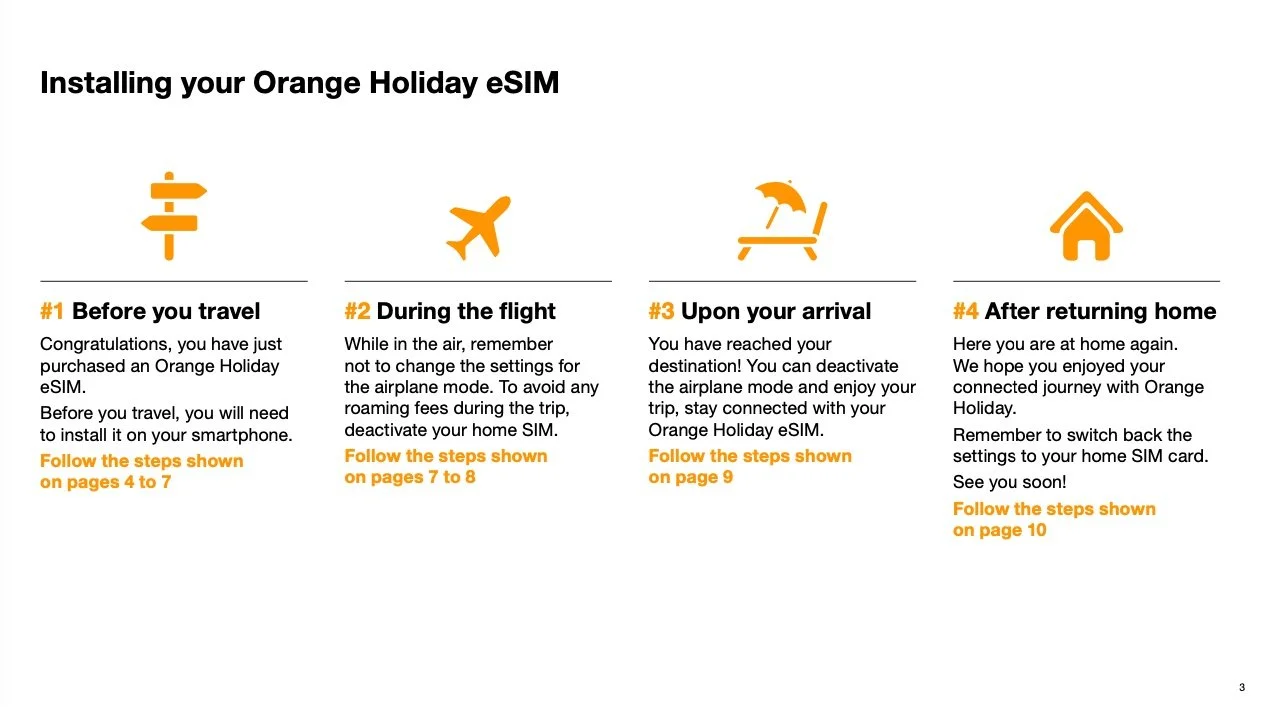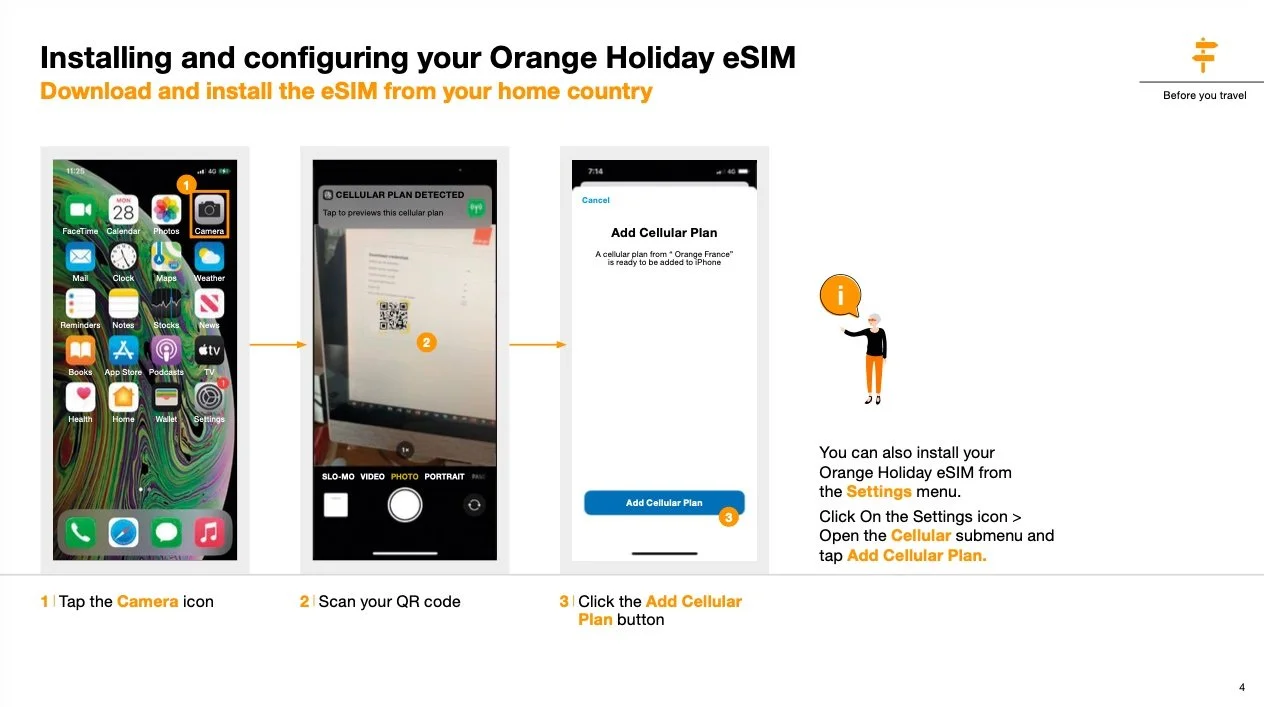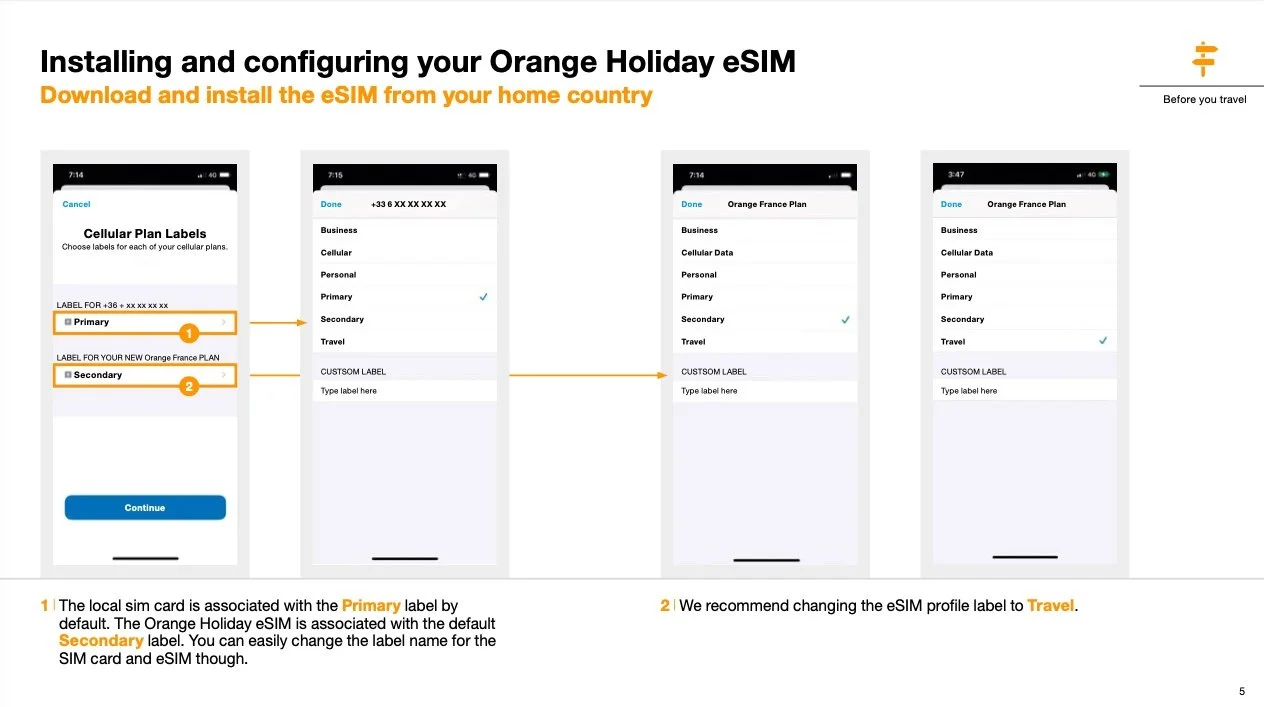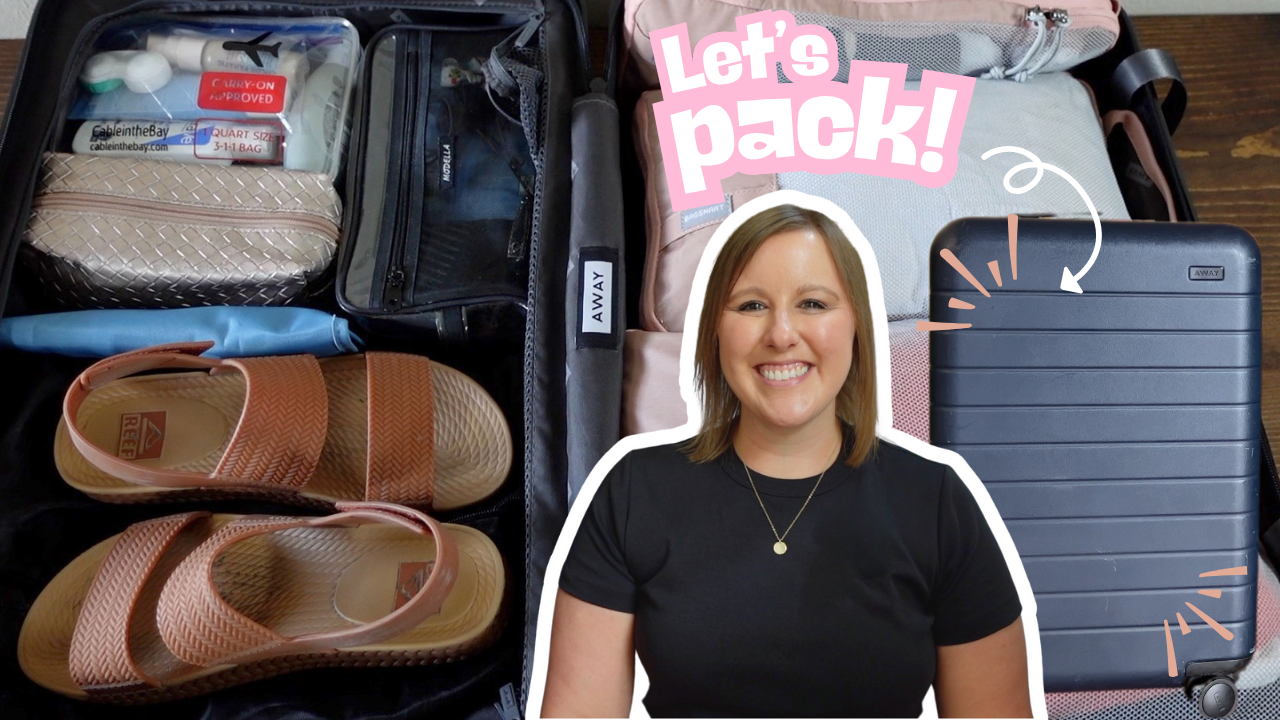Pros and Cons of using an eSim for International Travel
In the United States, I have a cell phone provider for domestic calls, texts, and data. However, when I travel internationally, my current phone provider’s international plan is not cost effective at $10 per day for data only with additional costs for phone calls and sms text messaging. So I am always looking at ways to stay connected during my travels while also saving money.
Check out the video
Want more info on eSims? Follow along with the vlog of my breakdown of eSims.
For my last couple of international trips, I used an eSim card from a couple of different companies to access data on my phone while abroad. This allowed me to use apps, such as Google Maps, WhatsApp, FaceTime, and other social media apps to stay connected to my friends and family while turning my current cell phone line off so that I did not use any data with my primary plan.
What is an eSim?
An eSIM, or embedded SIM, is a digital SIM card that is built directly into a device rather than using a removable physical card. It stands for "embedded Subscriber Identity Module" and serves the same purpose as a traditional SIM card: it authenticates your device on a mobile network and enables you to make calls, send texts, and use mobile data.
Here’s how it works:
Digital Activation: Instead of inserting a physical SIM card, you activate an eSIM by downloading a carrier profile or plan directly to your device. This process often involves scanning a QR code or entering activation details provided by your carrier.
Multiple Profiles: Many devices with eSIMs allow you to store multiple carrier profiles, so you can switch between different carriers or plans without swapping SIM cards. This is particularly useful for travelers who want to use local carriers in different countries.
Space-saving: Because eSIMs are embedded, they save physical space in a device. You do not need to worry about storing your primary sim card while using this sim.
Security and Convenience: eSIMs can offer enhanced security and convenience features. For example, they can be remotely programmed or updated, reducing the need for physical card replacements if you change carriers or plans.
Devices that commonly use eSIM technology include newer smartphones, tablets, and smartwatches. Many major carriers worldwide support eSIMs, but availability can vary depending on your region and device.
Ludwigsburg, Germany
In Germany, I used the French company, Orange Travel. Since I was planning on traveling to multiple countries and solo for some of the duration of my trip, I wanted the ability to make local calls. Orange had plans that included both data and phone calls with a local French phone number.
Douro Valley, Portugal
In Portugal, I used Airalo for a data only plan. They have local, regional, and global eSims. Since the only country I was visiting for this trip was Portugal, I chose the local Portugal eSim to be able to connect to the local networks. (save $3 off your first purchase using code: KATIE9634)
Cost Comparison: eSIM vs. Traditional International Plans
One of the biggest advantages of using an eSIM for international travel is the potential for significant cost savings. Let me break down the real numbers so you can see exactly how much you could save on your next trip.
US Carrier International Roaming Costs (2025):
Verizon TravelPass: $6/day in Canada and Mexico, $10-12/day in other countries
AT&T International Day Pass: $10/day for most destinations, $12/day for premium locations
T-Mobile: $5 daily pass that gives you 512MB (0.5GB) of high-speed data
Visible Global Pass: $10 per day with unlimited calls, texts, and 2GB of data in 140+ countries
Here is a breakdown of the of the data and total cost of popular eSims compared to your US International Phone plan.
*Holafly's "unlimited" plans may have speed restrictions after certain usage
Money-Saving Tips
Calculate your typical data usage before choosing a plan - check your phone's data usage over a recent week
Consider regional vs. country-specific plans - Regional plans cost more but offer flexibility if visiting multiple countries
Download offline maps and content before traveling to reduce data consumption
Use Wi-Fi whenever possible at hotels, restaurants, and attractions
Keep your US line active for important calls by using airplane mode + Wi-Fi, then switching to eSIM only when needed
For most travelers, eSIMs offer savings of 60-90% compared to traditional carrier international roaming. If you want unlimited data, choose Holafly. If you want affordability, choose Airalo. The longer your trip, the more dramatic your savings will be.
The sweet spot seems to be trips lasting 5+ days where the cost savings really add up. For shorter trips (1-3 days), your carrier's daily pass might be more convenient, but you'll still save money with an eSIM if you're comfortable with the setup process.
Setting up an eSim
Setup for both eSims was very similar. At the time that I purchased Orange, their setup required you to scan a QR code to start the activation process, whereas Airalo allowed you to purchase the plan and start the activation process through their app.
I setup my Orange eSim while at home before I left for my trip, which was super easy. Once I landed, I switched off my primary sim and turned on my Orange eSim. However, I did this while still on the plane. If you know anything about my Germany trip, my carry-on suitcase was accidentally taken from a passenger on the plane. I was stressing out since I didn’t receive my local french number until after I connected to the local network. Therefore, the contact number on my luggage tag was my primary line that I had just turned off. Luckily, the gate agent for Air France helped me retrieve my suitcase. Thank you Air France!
For my trip to Portugal, I waited to switch to Airalo’s eSim until after I arrived at my Airbnb and was on the WiFi. I used a $10 International day pass from my cell phone provider the day of my travel so that I can ensure that I had access to my primary phone number while traveling. I would say using the day pass and waiting to switch my sims until I was at my accommodation made for a way less stressful travel day!
The Real Pros and Cons of Using eSIMs for Travel
After using eSIMs across multiple international trips, here's my honest breakdown of what works brilliantly—and what can catch you off guard.
Pros:
Massive Cost Savings (The Big One!)
Let's talk real numbers: My 10-day Portugal trip would have cost me $100 with my US carrier's international plan. With Airalo's eSIM? Just $12. That's $88 back in my pocket for more gelato and souvenirs! Over multiple trips, I've saved hundreds of dollars that went toward better accommodations and experiences instead of phone bills.
Lightning-Fast Local Network Speeds
Here's something that surprised me: In Germany, my eSIM gave me faster internet than I have at home! Local networks often provide significantly better speeds than international roaming, which means Google Maps loads instantly, photos upload quickly, and video calls with family are crystal clear instead of frustrating and pixelated.
Instant Activation (When It Works)
Picture this: You land in Lisbon, scan a QR code while waiting for your luggage, and boom—you're connected to local data before you even leave the airport. No hunting for SIM card shops, no language barriers, no waiting in lines. When setup goes smoothly, it feels like magic.
Dual SIM - Best of Both Worlds
This feature is a total game-changer. I can keep my US number active for important calls (bank verification, work emergencies) while using my eSIM for all data needs. It's like having two phones in one, which is perfect for business travelers or anyone who needs to stay reachable on their home number.
Cons:
Device Compatibility Roulette
Not all phones are created equal. Before you get excited about eSIMs, check if your specific device model supports them. Older iPhones (pre-XS), many Android phones, and some carrier-locked phones don't support eSIM at all. I learned this the hard way when trying to help a friend set one up on her older Samsung.
Setup Can Be Surprisingly Tricky
While scanning a QR code sounds simple, the reality can be different. Poor airport Wi-Fi, confusing carrier apps, and activation errors can turn a quick setup into a 30-minute ordeal. Always have a backup plan and maybe set up your eSIM before you travel (like I did with Airalo) to avoid airport stress.
The Emergency Contact Problem (This One's Important!)
In Germany, when my luggage went missing, the contact number on my luggage tag was my US number, which I had turned off. I couldn't receive calls from the airline or airport security or anyone who may have my bag. Always keep at least one way for people to reach you in emergencies, whether through WhatsApp, email, or by keeping your primary line partially active.
Easy to Burn Through Data
Since you're paying upfront for a specific amount of data, it's easy to get careless and blow through your allowance streaming videos or uploading photos. Unlike your home plan where you might have unlimited data, every MB counts with an eSIM. I learned to become very conscious of my data usage.
Final Thoughts
Here's my bottom line after using eSIMs across multiple countries and comparing them to traditional international roaming: If you're traveling for more than 4 days and want to save 60-90% on your international connectivity costs, eSIMs are absolutely worth it.
The learning curve exists, but it's not steep. Once you experience the convenience of instant connectivity and see those dramatically lower costs, you'll wonder why you waited so long to make the switch.
What's your next international destination? I'd love to hear about your eSIM experience in the comments below, or if you have questions about specific countries or providers, drop them below and I'll do my best to help!
Ciao for now!
This blog contains affiliate links. I may earn an affiliate commission if you purchase something through my affiliate link or promo code.















This gift guide pulls together my favorite items plus extra ideas to help you shop with confidence, whether you're buying a big-ticket item or a fun stocking stuffer.